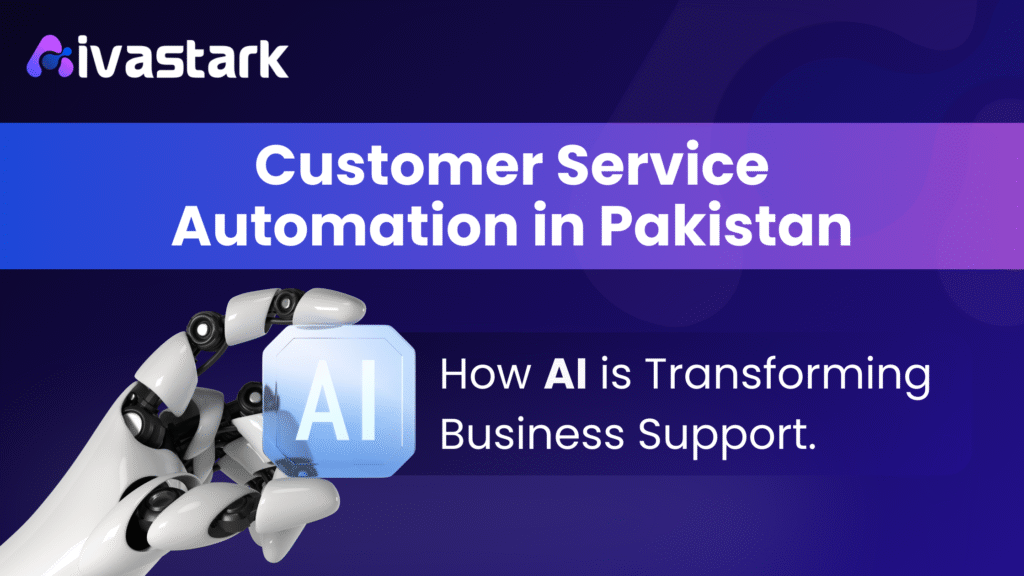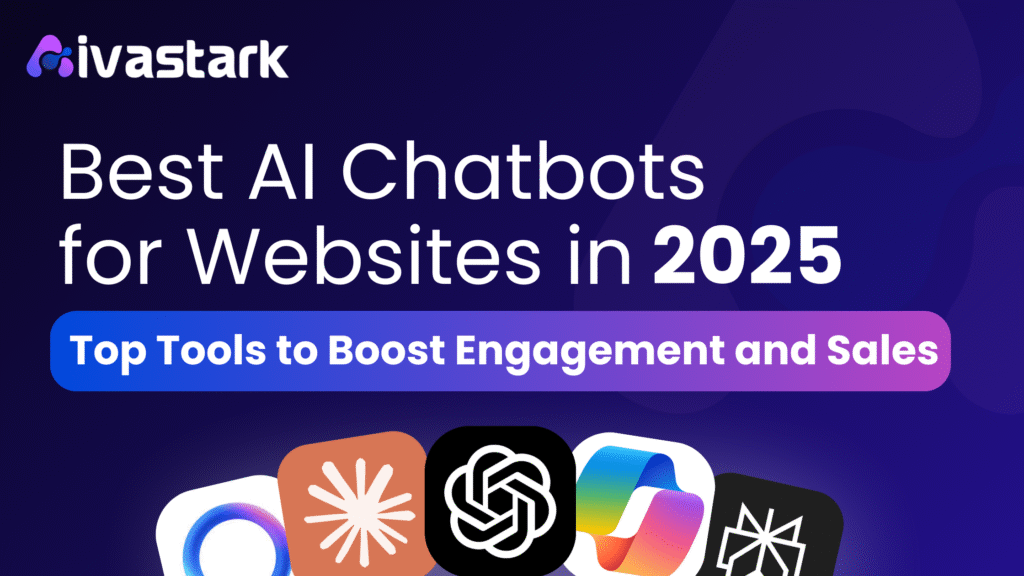In today’s digital world, customer expectations are higher than ever. Visitors to your website want quick answers, smooth navigation, and instant support. If they don’t get it, they bounce. This is where AI chatbots step in—smart digital assistants that can boost engagement, provide 24/7 support, and improve conversions. But the real question is: how do you add one to your website the smart way?
Let’s explore how to strategically integrate an AI chatbot to transform your website into a highly engaging, customer-friendly platform.
Why Your Website Needs an AI Chatbot
Many businesses lose potential leads simply because they can’t respond quickly. Customers want immediate answers, especially when they’re in the decision-making stage. An AI chatbot:
- Responds instantly
- Works 24/7
- Handles multiple conversations at once
- Offers consistent and accurate responses
These benefits not only improve user satisfaction but also increase the chances of converting visitors into paying customers.
Understanding How AI Chatbots Work
AI chatbots use Natural Language Processing (NLP) and Machine Learning (ML) to understand, interpret, and respond to user queries in real time. They can:
- Answer FAQs
- Guide users through products or services
- Capture leads
- Assist in bookings or purchases
Modern chatbots, like Aiva Stark, can even learn from previous interactions, getting smarter over time and offering more personalized responses.
Step-by-Step Guide: The Smart Way to Add a Chatbot
Let’s walk through the most efficient way to add an AI chatbot to your site.
Step 1: Define Your Objectives
Before adding any tool to your website, clarify why you need a chatbot. Are you trying to:
- Reduce customer service costs?
- Increase lead generation?
- Improve customer experience?
- Automate support for common questions?
Defining goals will help you choose the right chatbot platform and design the right conversational flows.
Step 2: Choose the Right AI Chatbot Tool
Not all chatbots are created equal. Look for a tool that fits your needs and integrates well with your website. Consider:
- Ease of integration: Can it be added with just a few lines of code?
- Customization: Can you personalize messages, branding, and workflows?
- Analytics: Does it track user interactions and performance?
- Multi-language support: Especially useful if your audience is diverse
One example of a user-friendly, powerful chatbot is Aiva Stark—designed to help businesses improve customer engagement with smart, automated conversations.
Step 3: Design a Conversational Flow
AI chatbots aren’t just Q&A machines. Think of them as guides. Design a conversational flow that feels natural and helps users:
- Navigate your services
- Understand product features
- Get personalized recommendations
- Reach a live agent if needed
Use a mix of questions, quick replies, buttons, and rich media to make interactions engaging.
Pro Tip – Avoid Robotic Language
Keep the tone friendly and human. A casual, polite chatbot tone feels more welcoming and keeps users engaged.
Step 4: Integrate It Seamlessly into Your Website
Where you place your chatbot matters. Don’t just slap it in the bottom-right corner and hope for the best. Consider:
- Homepage: Greet visitors and offer assistance
- Product pages: Guide users toward purchases
- Contact page: Automate initial queries
- FAQ page: Answer repetitive questions
Use trigger-based interactions—like launching the chatbot after a few seconds of inactivity or when a user scrolls halfway down the page.
Step 5: Train Your Chatbot Regularly
An AI chatbot is not a “set it and forget it” tool. The smart way is to:
- Monitor conversations regularly
- Add new FAQs or answers based on common queries
- Train the bot to understand slang, typos, and context
- Improve based on user feedback
The more training it gets, the better it performs—and the happier your users will be.
Common Mistakes to Avoid
Many businesses make the mistake of launching a chatbot without proper planning. Here’s what to avoid:
Overloading the Bot
Don’t expect the bot to handle everything. Focus on specific use cases like lead generation or basic support.
Ignoring the Human Touch
Always include an option for the user to speak with a real person if needed. Frustration arises when users are trapped in an endless loop of automated replies.
Not Analyzing Performance
Use analytics to track chatbot metrics such as:
- Response time
- Engagement rate
- Conversation drop-offs
- User satisfaction
These insights help you fine-tune and improve your chatbot strategy.
How an AI Chatbot Improves Engagement
Adding an AI chatbot does more than answer questions. It enhances engagement by:
- Offering instant, helpful interactions
- Keeping users on the site longer
- Reducing bounce rates
- Building trust through consistency
- Gathering data for personalized marketing
This leads to better user experience and ultimately, more conversions.
Case Example: Aiva Stark in Action
Let’s say a visitor lands on your website at 11:45 PM. Your support team is offline. The visitor has a question about pricing and features. Instead of leaving, they’re greeted by Aiva Stark, which:
- Introduces itself politely
- Answers the pricing question
- Offers to email a brochure
- Suggests the visitor book a free demo
This experience is smooth, helpful, and efficient—exactly what modern users expect.
What to Expect After Integration
Once your chatbot is live, here’s what you’ll likely see:
- Increased user engagement
- More inquiries or leads captured
- Improved customer satisfaction
- Lower support workload
- Higher conversion rates
Real Impact, Real Results
Businesses using AI chatbots have seen up to a 30% increase in lead capture and a 50% drop in response time.
Final Thoughts
Adding an AI chatbot to your website isn’t just about automation—it’s about smart engagement. When used wisely, it becomes a powerful tool to help you connect with visitors, serve them better, and grow your business.
Whether you’re a startup or an established brand, the future of customer interaction is conversational—and AI chatbots like Aiva Stark are leading the way.




